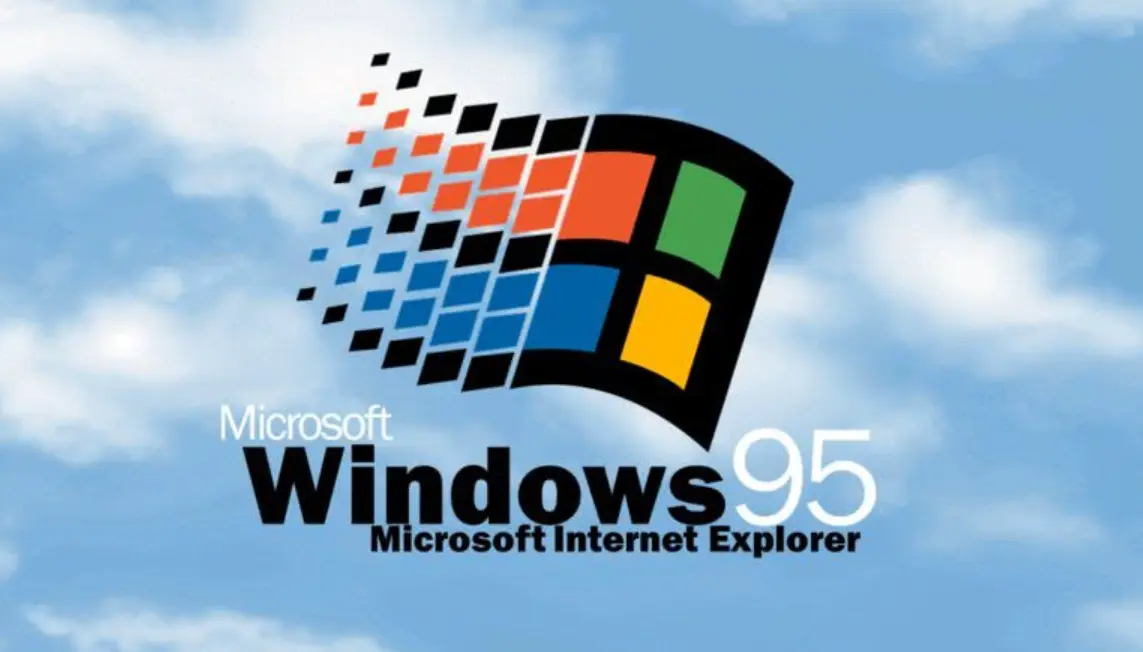In theory, the Windows 95 operating system can be run on a Solid State Drive (SSD). However, practical application may present various challenges. Windows 95, designed before the widespread adoption of SSD technology, did not optimize its native file system (FAT16 or FAT32) for SSDs. Therefore, although SSDs may offer better speed and performance compared to traditional Hard Disk Drives (HDDs), these advantages might not be fully exploited under Windows 95.
Furthermore, Windows 95 might not recognize storage space greater than 137GB. This means that if your SSD has a capacity larger than this, Windows 95 may not be able to utilize the full storage space.
Compounding these issues is the age of Windows 95, making it a Herculean task to find suitable drivers that will enable it to operate smoothly with modern hardware, including SSDs. If appropriate drivers cannot be found, it may be impossible to install or run Windows 95 on an SSD.
So, while it’s theoretically possible for Windows 95 to run on an SSD, practical implementation could face numerous obstacles.
Windows 95 Compatibility Issues
Historical Background and Design Goals of Windows 95

Windows 95, launched in August 1995, represents a significant milestone in Microsoft’s line of operating systems. It was designed in an era where personal computers were primarily equipped with Hard Disk Drives (HDDs), and the concept of Solid State Drives (SSDs) was barely in nascent stages of development. The design and functionality of Windows 95 were optimized for the hardware technology available during its time, and as such, it may not natively support modern hardware advancements like SSDs.
Potential Driver Compatibility Issues on SSDs
One of the primary hurdles of running Windows 95 on SSDs is the potential driver compatibility issue. During the era of Windows 95, IDE (Integrated Drive Electronics) was the standard interface for connecting storage devices, not the SATA (Serial Advanced Technology Attachment) common today. To allow Windows 95 to communicate effectively with an SSD (which commonly use SATA or NVMe interfaces), appropriate drivers would be necessary. However, finding drivers that are both compatible with SSDs and can be installed on Windows 95 can be challenging, given the significant technological gap.
To resolve this, one might need to use an IDE to SATA converter, allowing the SSD to be recognized by the operating system. This method, however, isn’t guaranteed to work, as it still depends on the specific SSD and converter used.
Conflicts Between Windows 95 and SSD File Systems
File System Used by Windows 95 and Its Limitations
Windows 95 uses the FAT16 or FAT32 file system. FAT (File Allocation Table) is an old file system designed for small disks and simple folder structures. However, it has significant limitations, including the maximum disk size it can handle. For FAT16, the maximum is 4GB, while for FAT32, it’s up to 2TB. When it comes to SSDs, which can easily exceed these sizes, it’s clear that FAT32 and certainly FAT16 could be inadequate.
How Windows 95 File System Could Exacerbate SSD Wear
Another issue to consider is how the file system may exacerbate SSD wear. SSDs have a finite number of write cycles, and certain operations can cause more wear than others. The FAT32 system used by Windows 95 lacks the wear leveling feature present in modern file systems like NTFS or exFAT. Wear leveling is a technique used in SSDs to prolong the endurance of the drive by distributing writes evenly across the storage medium, thus avoiding premature wear out of certain areas. Without this feature, some parts of the SSD could be subjected to more write operations than others, potentially leading to an early failure.
Therefore, while technically possible, running Windows 95 on an SSD may lead to disk size recognition issues and could potentially shorten the lifespan of the SSD due to increased wear.
Impact of SSD Operating Modes on Windows 95
The AHCI Mode Required by SSDs and the Compatibility Issue with Windows 95
Modern SSDs typically require AHCI (Advanced Host Controller Interface) mode to work optimally. AHCI is a hardware mechanism that allows software to communicate with Serial ATA (SATA) devices. It offers features like hot-plugging and native command queuing that IDE (Integrated Drive Electronics) does not.
However, Windows 95 does not natively support AHCI, which is expected considering the operating system was released long before the development of this mode. The lack of AHCI support could lead to reduced performance and functionality when running Windows 95 on an SSD.
The Scenario Where Windows 95 May Not Run on an SSD if the Computer Cannot Switch Back to IDE Mode
If a computer cannot switch back to IDE mode, Windows 95 might not run on an SSD at all. The IDE mode, also known as legacy mode, could be seen as a “compatibility mode” that allows older operating systems like Windows 95 to recognize and use storage devices. Without the ability to switch to IDE mode, the SSD might not be recognized by Windows 95, preventing the system from running.
Hence, it’s crucial to check the capabilities of the computer’s BIOS or UEFI interface before attempting to install Windows 95 on an SSD. Some systems may allow you to change the SATA mode from AHCI to IDE, while others may not. In conclusion, running Windows 95 on an SSD is technically possible but fraught with potential compatibility and performance issues.

